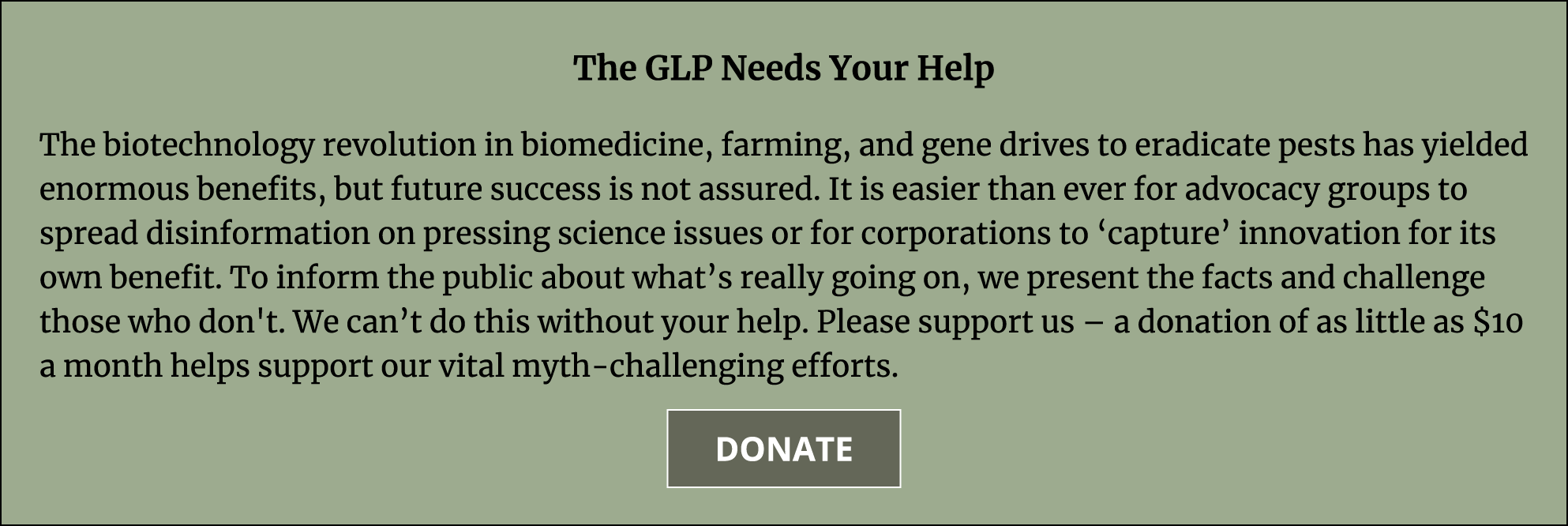By the time you read this, a group of friends at a restaurant in Singapore will have shared a three-course meaty meal, which was made without slaughtering any animals – potentially a landmark moment for an industry coming to terms with its impact on the environment.
The cultured chicken used for the meal was grown in bioreactors, similar to the kind used to make beer or yoghurt, by US start-up Eat Just.
…
Generally speaking, cultured meat is made by harvesting stem cells from muscle tissue, before placing them in a substance that has everything the cells need to grow and proliferate. At a certain point, these are encouraged to differentiate and they mostly become muscle cells, which merge to form primitive muscle fibres. Eventually this is ground up and shaped into a burger, or in the case of the Singapore restaurant, a “chicken bite.”
Why eat cultured meat? Well, estimates vary, but livestock generates around 15 per cent of the planet’s CO2 emissions and there are concerns that the farming industry’s use of antibiotics in livestock is contributing to the rapid rise of diseases resistant to the medicines.
If cultured meat can scale up its production, while producing lower levels of pollutants than farming, it could mitigate the impact of a growing global population that’s demanding more meat.































